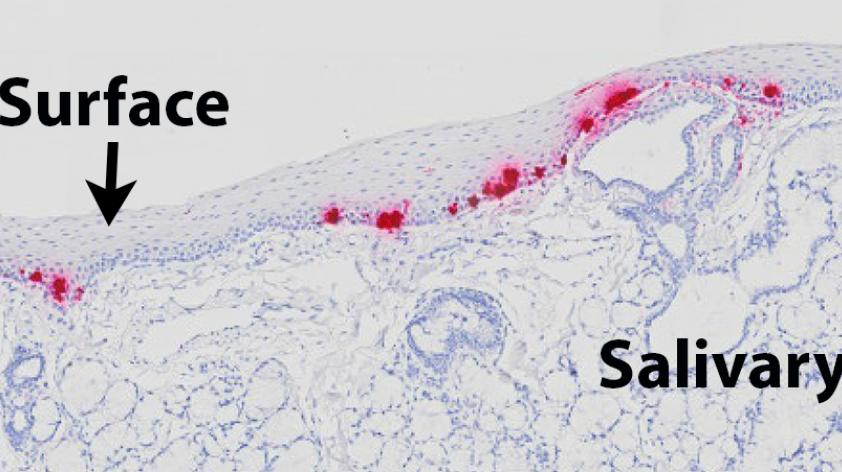
Red Panda Amdovirus: Investigation on a Nation-wide Scale
As a veterinarian and a trainee in a combined UC Davis/San Diego Zoo pathology residency program, I spent a year working with the Disease Investigations team at the San Diego Zoo Global Institute for Conservation Research.
My training at the Zoo was focused on diagnostic pathology in zoo and wildlife species (and preparation for an intensive board certification exam), but I also had the opportunity to continue work on a research project I’d begun during the first years of my residency in Davis.
There, I worked with Dr. Steven Kubiski (now a senior scientist and pathologist with the DI group) in the lab of Dr. Patty Pesavento (a UC Davis veterinary pathologist and professional “virus hunter”) to investigate a newly discovered virus infecting red pandas. (Check out this previous ICR blog on Red Panda Amdovirusor our publicationfor more details!)
Collaborative support from a REACH fellowship at UC Davis and by SDZG through a generous grant from the McBeth Foundation is funding my current position. I am working with scientists from the DI team at SDZG, as well as researchers and veterinarians at UC Davis and the Sacramento Zoo, to learn more about this virus and its impacts on red pandas.
We have established that the virus can cause long-lasting (possibly permanent) infections in red pandas but may only cause disease in rare cases. We are trying to tease out the reason for this and need to test more animals to figure it out.
So far, we have tested poop samples from over 100 red pandas across North America, and we’ve found that at least 30% are infected.
This information not only investigates the health of a virus infected animal, but Is also helping us understand whether this virus is “native” to red pandas, or could have been transmitted to them from other animals, like wild skunks or foxes that “visit” zoos.
Another goal is to grow the virus in the lab and study what it does to cells in a petri dish. Controlled lab experiments can help us understand when and how the virus causes disease in an actual infected animal. Of course, all of this is ultimately geared toward protecting our captive ambassador species from disease, and predicting the risk that wild red pandas in their native habitat might face from this newly recognized virus.













